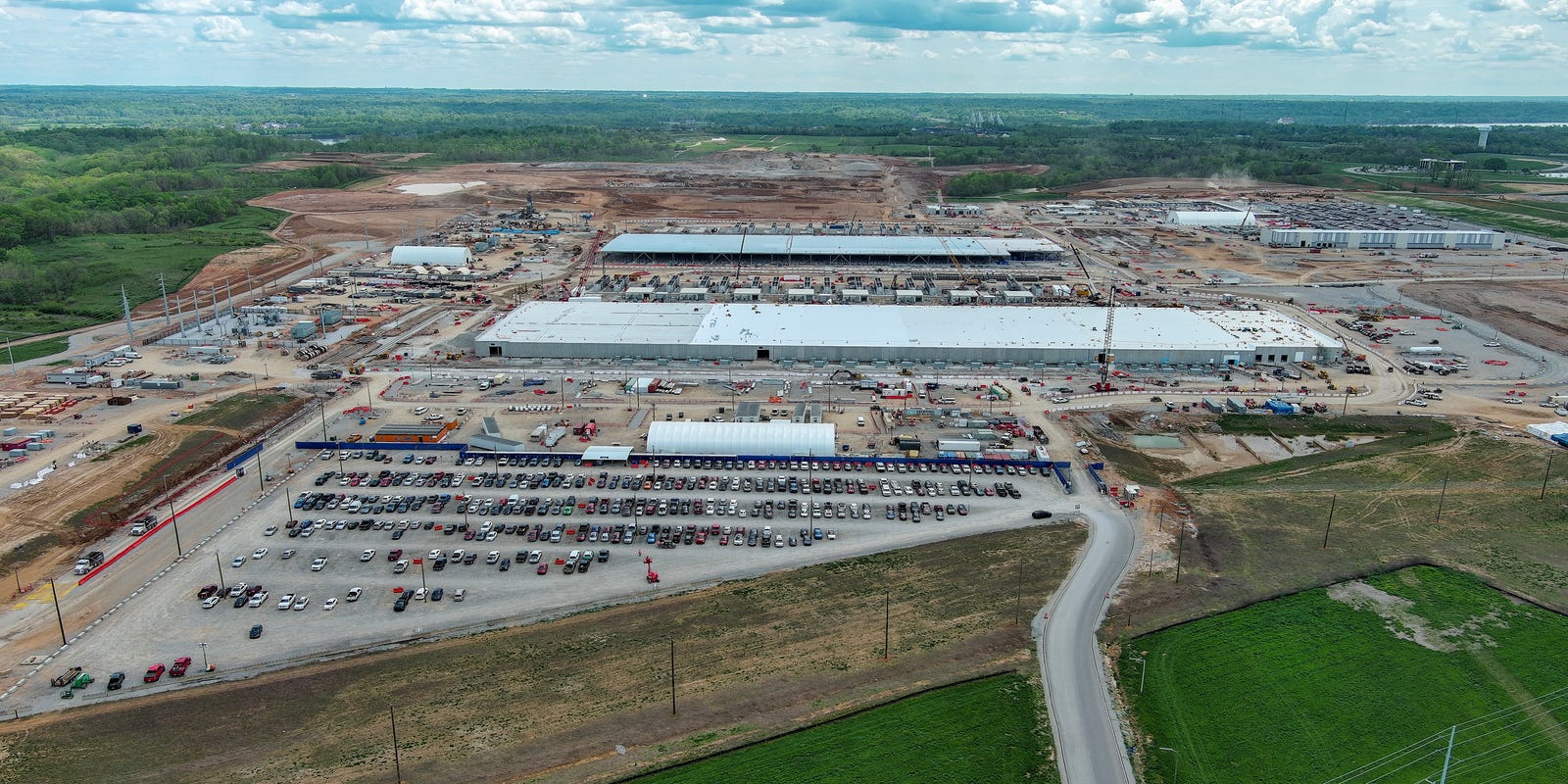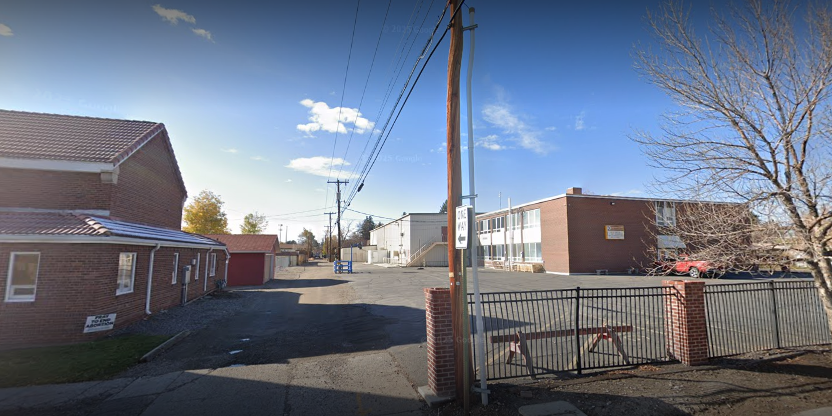The Dark Side of Convenience: How Abandoned Shopping Carts Are Silently Destroying Our Environment

In a surprising revelation about urban waste management, the environmental impact of retrieving and refurbishing discarded shopping trolleys is staggering. The carbon emissions generated through this process are equivalent to the greenhouse gases produced by a round-trip transatlantic flight between London and New York - and not just once, but twice.
This eye-opening statistic highlights the hidden environmental costs of seemingly mundane urban infrastructure maintenance. Shopping trolleys that are abandoned in streets, parks, and waterways require significant resources to collect, transport, and restore to usable condition. The energy expended in tracking down, cleaning, and repairing these wayward trolleys creates a substantial carbon footprint that often goes unnoticed by consumers and retailers alike.
The comparison to long-haul air travel puts into perspective the unexpected environmental consequences of what many might consider a simple logistical challenge. It serves as a stark reminder that even small-scale urban management practices can have surprisingly large ecological implications.








